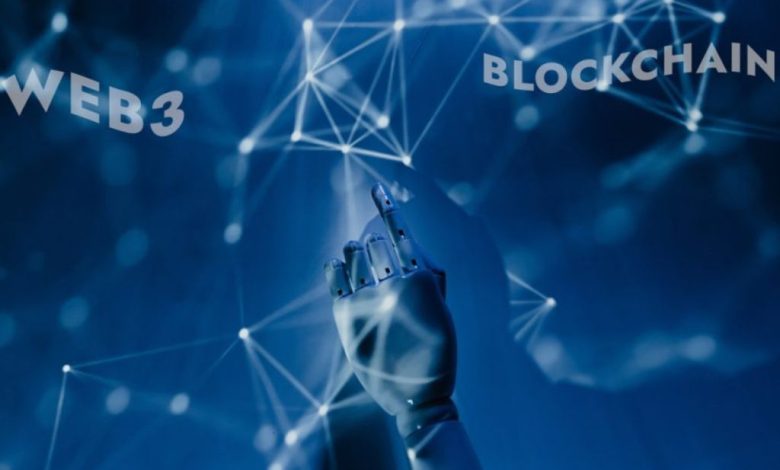Blockchain & Web3: What Developers Need to Understand

Blockchain and Web3 technologies are revolutionizing the way we interact with the internet and digital assets. From decentralized finance (DeFi) to non-fungible tokens (NFTs), developers are increasingly expected to understand these technologies.
In this article, we’ll explore key concepts of blockchain and Web3, their applications, and what developers need to know to work in this emerging space.
1. What is Blockchain?
- Blockchain is a decentralized, distributed ledger that records transactions securely and transparently.
Key features:
- Transparency: All participants can verify transactions
- Immutability: Once recorded, transactions cannot be altered
- Decentralization: No single authority controls the data
2. Key Components of Blockchain
- Blocks: Contain transaction data
- Nodes: Computers participating in the network
- Consensus Mechanisms: Ensure agreement across nodes (Proof of Work, Proof of Stake)
- Smart Contracts: Self-executing code that runs on the blockchain
3. What is Web3?
- Web3 is the next generation of the internet, emphasizing decentralization, user control, and blockchain integration.
- Unlike Web2, where data is controlled by centralized platforms, Web3 allows users to own their data, identity, and digital assets.
4. Why Developers Should Care About Blockchain & Web3
- High Demand: Companies are hiring blockchain developers for DeFi, NFTs, and supply chain solutions.
- Innovation Opportunities: Develop decentralized apps (dApps) that challenge traditional models.
- Interdisciplinary Skills: Combines cryptography, smart contract development, and blockchain infrastructure knowledge.
5. Essential Skills for Developers in Web3
- Programming Languages: Solidity (Ethereum), Rust (Solana), Go
- Smart Contract Development: Writing secure contracts for decentralized applications
- Blockchain Architecture: Understanding nodes, consensus, and network security
- DeFi & NFT Concepts: Knowledge of decentralized finance protocols and digital collectibles
- Integration Tools: Web3.js, Ethers.js for interacting with blockchain from web apps
6. Common Platforms and Ecosystems
- Ethereum: Popular for smart contracts and dApps
- Solana: High-performance blockchain for decentralized apps
- Polkadot: Enables interoperability between blockchains
- Chainlink: Decentralized oracles for connecting smart contracts to real-world data
7. Security Considerations
- Blockchain is immutable; vulnerabilities in smart contracts cannot be easily fixed.
Best practices:
- Follow established security standards and guidelines
- Test thoroughly using testnets
- Audit smart contracts before deployment
8. Future of Blockchain and Web3
- Growing adoption in finance, gaming, supply chain, and identity management
- Integration with AI, IoT, and decentralized cloud computing
- Developers who understand blockchain and Web3 will be highly sought after in the coming years
Conclusion
Blockchain and Web3 are reshaping the digital landscape. Developers who understand these technologies, master smart contracts, and follow security best practices will be positioned to lead innovation in decentralized applications.
Whether you aim to build DeFi platforms, NFTs, or other dApps, knowledge of blockchain and Web3 is becoming a must-have skill for modern developers.

